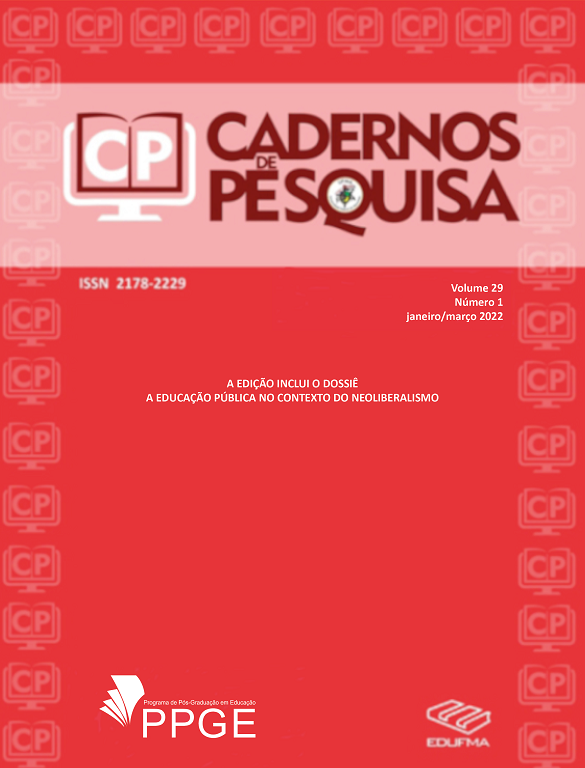REMOTE TEACHING DURING PANDEMIC
strengths and weaknesses
DOI:
https://doi.org/10.18764/2178-2229v29n1.2022.2Keywords:
Higher Education, COVID-19, Remote EducationAbstract
The COVID-19 pandemic required the migration from face-to-face classes to remote teaching, generating much discussion about the quality of emergency education, especially since remote teaching is a recent modality, being confused with other forms of online education, such as distance learning. In this research, we tried to identify the strengths and weaknesses, in reports from undergraduate professors, in the application of remote classes during the COVID-19 pandemic in the first semester of 2020. For that, a qualitative research was carried out in two stages. One, a bibliographic study differentiating remote education, distance learning, hybrid teaching and digital education, based on Bacich, Tanzi Neto and Trevisani (2015), Valente (2015), Moreira and Schlemmer (2020) and Moreira, Henriques and Barros (2020); and an online questionnaire was also applied to the participating professors, consisting of personal data, and 18 questions being six closed and 12 open. The analysis of the answers made it possible to identify as potentialities of remote classes the communication and the quality interaction between teachers and students, as well as between the last ones and their peers. The mastery of digital tools and resources appears to be decisive for this proximity relationship. However, the lack of exposure of students during the meetings, the drop in attendance, aggravated by the lack of quality access to the digital medium, are weaknesses of the remote model. For quality digital education to take place, these issues need to be addressed with a curriculum and teacher training focused on innovation and meaningful learning, as well as with lesson planning consistent with the particularities of remote education.
Downloads
Downloads
Published
How to Cite
Issue
Section
License
Copyright (c) 2022 Cadernos de Pesquisa

This work is licensed under a Creative Commons Attribution 4.0 International License.
A Cadernos de Pesquisa está licenciada com a Licença Creative Commons Atribuição 4.0 Internacional.




















